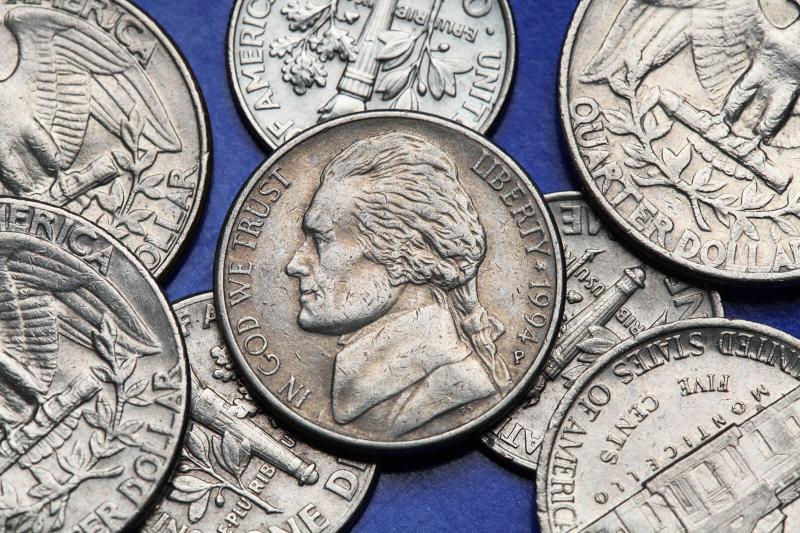The Kennedy Half Dollar, introduced in 1964, stands as a tribute to the late President John F. Kennedy. Collectors and numismatists value these coins not just for their historical significance but also for their potential investment value. The 1978 Kennedy Half Dollar is an interesting year for collectors due to its position in the post-silver era and the fluctuating economic conditions of the time. This guide provides an overview of the 1978 Kennedy Half Dollar, including its history, key features, and current market value.
Historical Context
The Kennedy Half Dollar was first minted in 1964, shortly after the assassination of President Kennedy in 1963. The coin was initially composed of 90% silver but was changed to a copper-nickel clad composition starting in 1971. By 1978, the coin was well-established in American currency, though it had already seen a decline in circulation use due to the rise of inflation and the declining purchasing power of the half dollar.
Key Features
Obverse:
- The obverse of the 1978 Kennedy Half Dollar features a portrait of John F. Kennedy, designed by Gilroy Roberts.
- The inscription “LIBERTY” arcs above Kennedy’s head, with the phrase “IN GOD WE TRUST” below.
- The year “1978” is inscribed at the bottom.
Reverse:
- The reverse, designed by Frank Gasparro, features the Presidential Seal.
- An eagle with a shield on its chest holds an olive branch and arrows.
- Above the eagle’s head is a cluster of 13 stars and a banner inscribed with “E PLURIBUS UNUM.”
- The inscriptions “UNITED STATES OF AMERICA” and “HALF DOLLAR” encircle the design.
Mint Marks
The 1978 Kennedy Half Dollar was minted in three locations: Philadelphia (no mint mark), Denver (D), and San Francisco (S). Coins minted in San Francisco were only available in proof sets and carry an “S” mint mark.
Varieties and Errors
For the 1978 Kennedy Half Dollar, collectors should be aware of any notable varieties and errors, as these can significantly affect the coin’s value. While no major varieties are associated with this year, minor errors such as planchet flaws or die cracks can be found and may interest specialists.
Grading
The value of a 1978 Kennedy Half Dollar depends greatly on its condition, assessed through coin grading. The Sheldon Scale, ranging from 1 (Poor) to 70 (Perfect), is commonly used. Key grades for these coins include:
- Good (G-4): Heavily worn with major details flattened.
- Fine (F-12): Moderate wear with major details visible.
- Extremely Fine (EF-40): Light wear on high points with most details sharp.
- Mint State (MS-60 to MS-70): No wear, with varying degrees of luster and strike quality.
Current Market Value
As of 2024, the market value for a 1978 Kennedy Half Dollar varies based on its condition and mint mark. Below is a general guide:
- Circulated Coins: These coins are commonly found in circulated condition and typically sell for their face value or a slight premium.
- Philadelphia and Denver: $0.50 to $1.00
- Uncirculated Coins: Coins in mint state condition can command higher prices.
- MS-60 to MS-63: $2.00 to $5.00
- MS-64 to MS-65: $5.00 to $15.00
- MS-66 and higher: $20.00 and up
- Proof Coins: San Francisco-minted proof coins, especially those in original packaging, can be worth more.
- PR-65 to PR-67: $10.00 to $20.00
- PR-68 and higher: $25.00 and up
Investment Potential
While the 1978 Kennedy Half Dollar is not composed of silver and is generally not considered a high-value coin in circulated condition, uncirculated and proof coins can offer modest investment potential. Collectors should look for high-grade examples and rare error coins to maximize potential returns.
Conclusion
The 1978 Kennedy Half Dollar remains a popular collectible due to its connection to a significant historical figure and its place in American numismatic history. Whether you are a seasoned collector or a beginner, understanding the nuances of these coins can enhance your collection and potentially provide financial rewards. Always consider the coin’s condition, rarity, and market demand when assessing its value.

